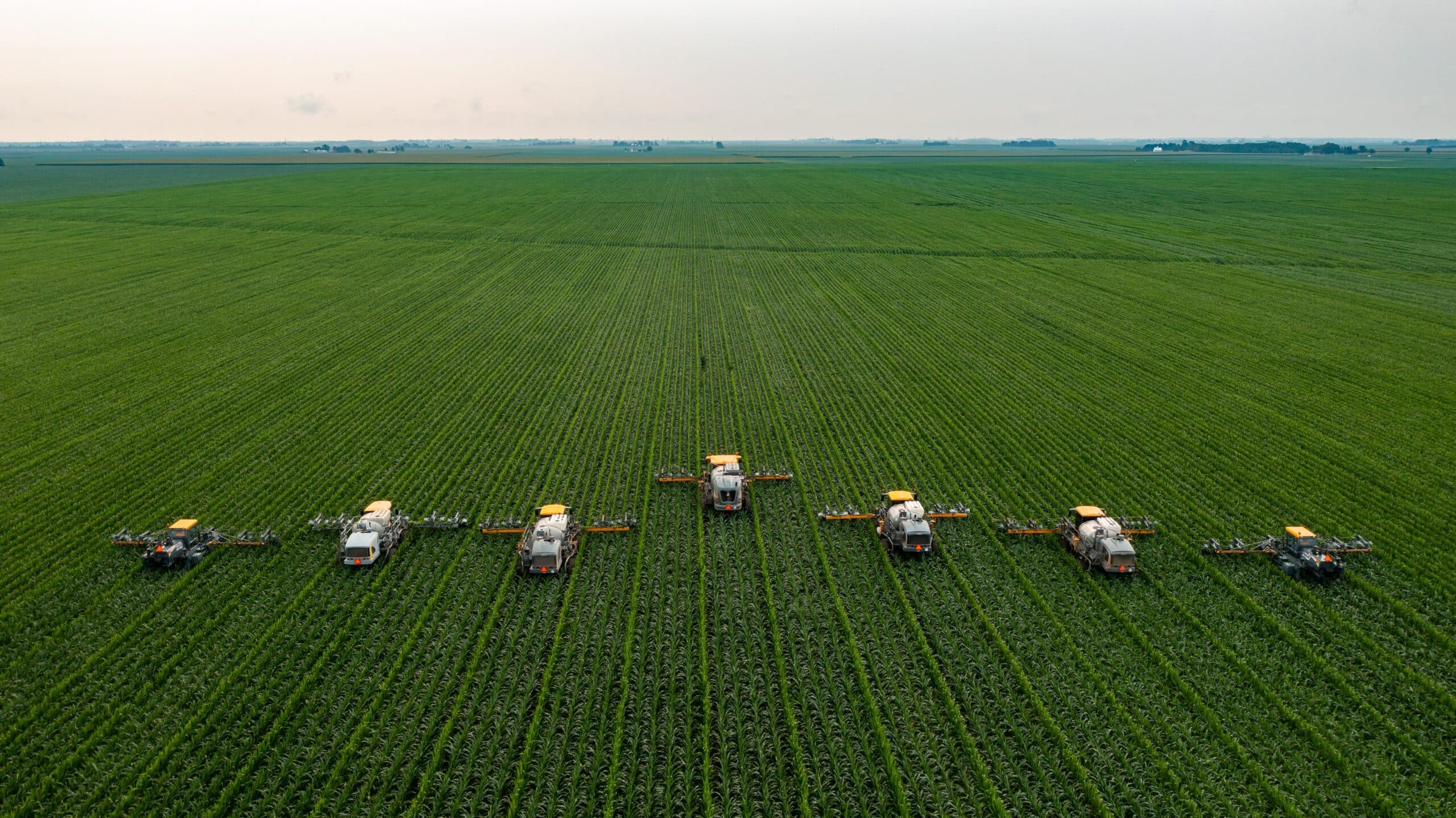Key Takeaways
- The 2025 Feeding The Economy report shows that food and agriculture contribute $9.5 trillion to the U.S. economy, accounting for 18.7% of total economic output.
- The industry has grown 25% since the pandemic, demonstrating resilience despite supply chain challenges.
- Direct employment has increased by over 1 million jobs since 2020, contributing to overall job growth.
- Agricultural exports reached $183 billion, reinforcing the sector’s role in global trade.
- Manufacturing jobs in agriculture have declined by 30,000 since 2020, reflecting broader industry challenges.
Feeding The Economy Report Analyzes Agriculture’s Role in U.S. Growth
The 2025 Feeding The Economy report, released by 36 food and agriculture organizations, examines the economic contributions of the entire agricultural supply chain. The study provides insight into the direct and indirect impact of agriculture on jobs, wages, and economic output, underscoring the sector’s role in the national economy.
The report finds that food and agriculture generate $9.5 trillion in economic value, which accounts for 18.7% of the U.S. economy. This marks a slight decrease from 2024, when the industry contributed $9.6 trillion, approximately 20% of total economic activity.
Agriculture’s Economic Growth and Challenges
Since the pandemic, the food and agriculture industry has shown notable expansion, with a 25% increase in economic output. According to the Feeding The Economy report, this growth reflects the sector’s adaptability and innovation amid global supply chain disruptions.
Key findings from the report include:
- Direct employment in food and agriculture has increased by over 1 million jobs since 2020.
- The U.S. exports nearly $183 billion in agricultural products, underscoring the industry’s role in global trade.
- Agriculture remains a significant driver of job creation and economic resilience, despite ongoing labor challenges.
However, while wages within the industry have grown year-over-year, they have not kept pace with inflation, placing pressure on both workers and employers. Additionally, the report notes a decline in agricultural manufacturing jobs, with employment in this sector down by 30,000 jobs since 2020.
Industry and Policy Implications
The Feeding The Economy report highlights both positive industry trends and emerging economic stressors. While the sector continues to drive employment and exports, challenges such as labor costs and inflation may impact long-term growth.
The findings provide valuable insights for policymakers, industry leaders, and agricultural stakeholders as they consider strategies to sustain the sector’s contributions to the economy.
Organizations Behind the Feeding The Economy Report
The 2025 Feeding The Economy report was made possible through the collaboration of 36 food and agriculture organizations, including:
- American Farm Bureau Federation
- National Corn Growers Association
- U.S. Dairy Export Council
- Meat Institute
- National Grocers Association
- Plant Based Products Council
These organizations represent various segments of the food and agriculture supply chain, reinforcing the industry's collective efforts to support economic growth, employment, and sustainability.
Read the entire report here.


